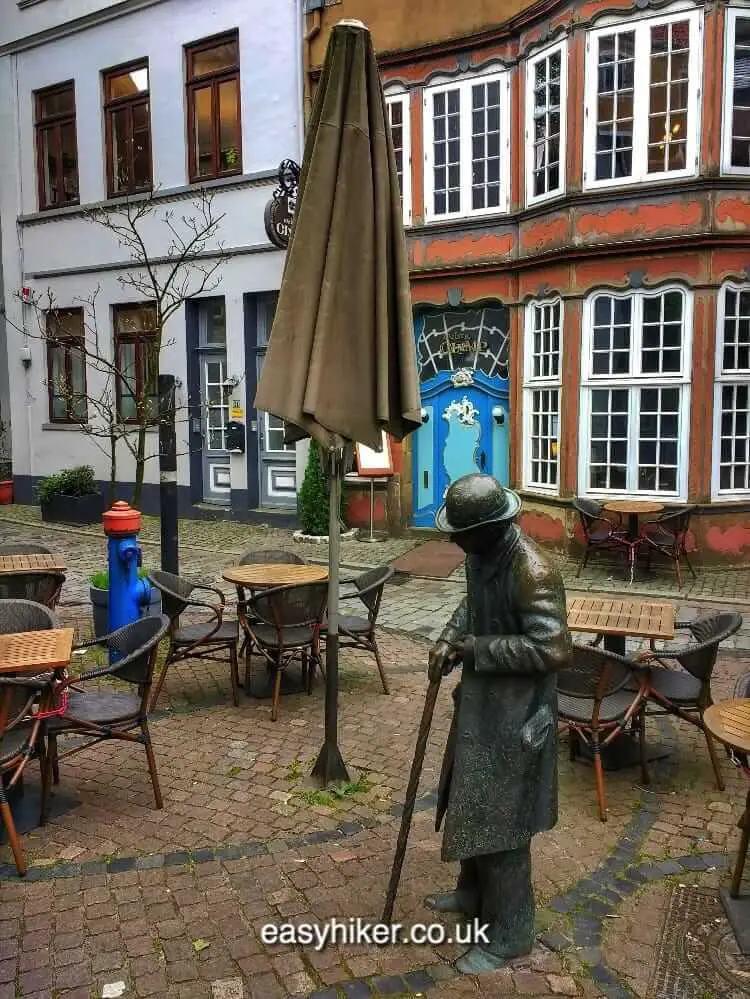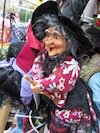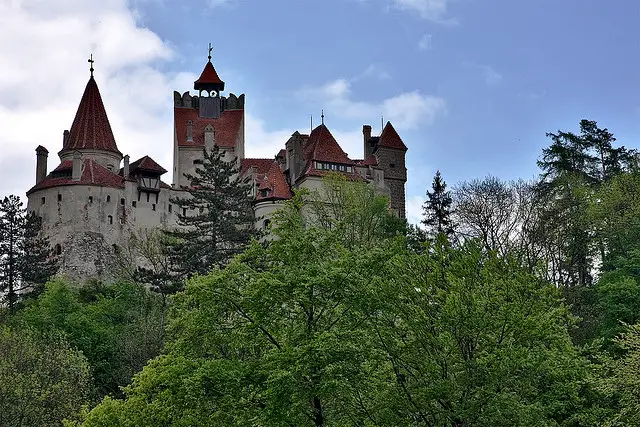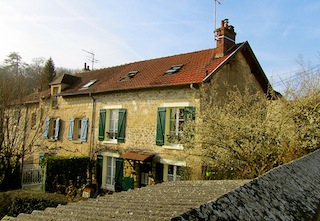When Germany was rebuilt from the ruins of WWII, the city fathers of every German town made sure that at least a few streets would be restored to their pre-war appearance. This, I believe, was meant to reassure the citizens that not all ancient traditions, beliefs and cultural foundations would be swept away with the rubble.
Even cities that had never much bothered about their history (because they did, in fact, not have one) suddenly discovered their love for the past, spending a lot of money to preserve at least one or two “Gothick” 19th century churches and some grandiose public buildings that were designed during the reign (and according to the tastes) of the Prussian Emperors.
That was the minimum standard, mind you, most towns dug out a lot more of their ancient urban fabric, but even the most history-conscious German cities would be hard-pressed to match the ensemble of historic structures that graces the heart of Bremen, which is made up of the richly-carved City Hall …

… and, right opposite, the historic market square around the Roland statue from 1404. The entire square has been protected as a UNESCO World Heritage Site since 2004.
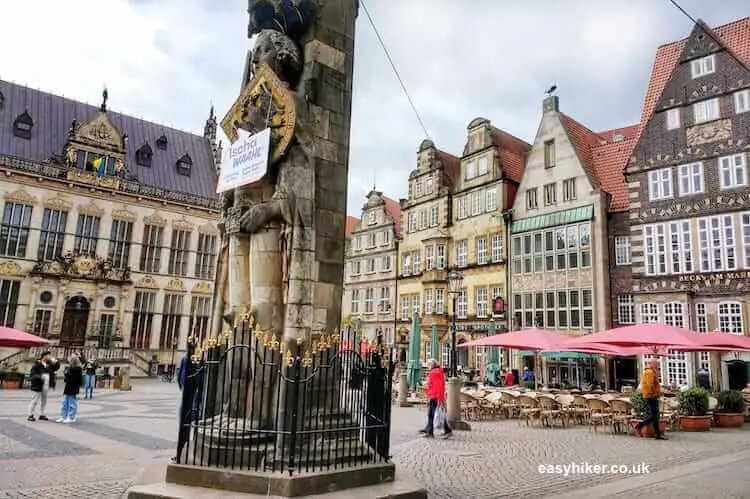
And there is more: a few hundred metres away, you can find an entire quarter of quaint residential buildings …
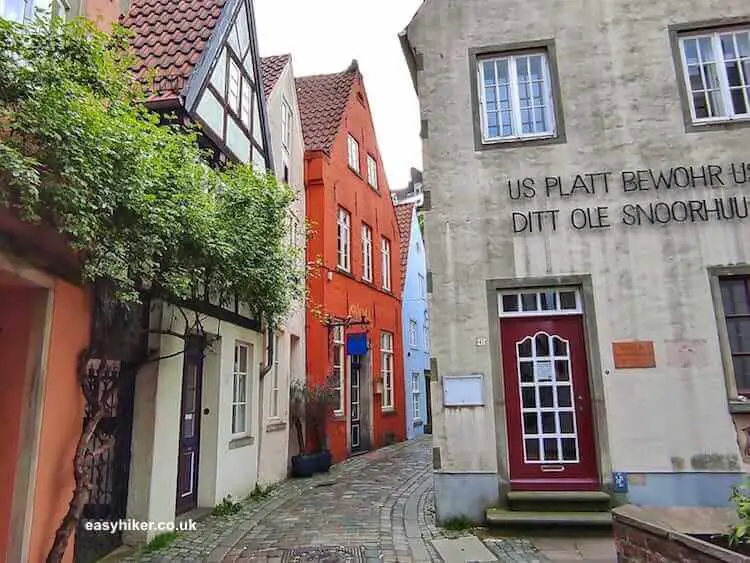
… some of which are going back to the 16th century.
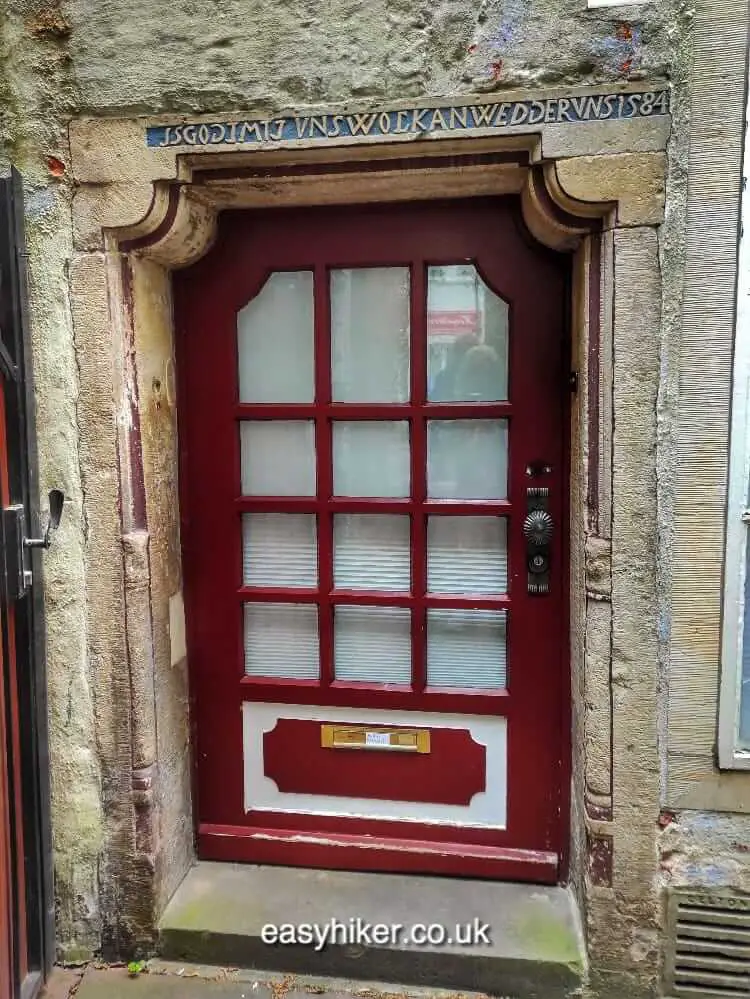
In the late Middle Ages, the area between Schnoor street and the Weser river in the southeast of Bremen’s old town was where the city’s poor lived, which helps to explains why so many of the houses in the quarter appear to be so small.
But there is more going on here than meets the eye: some of the ancient houses were never meant to provide families with proper homes but only with pro-forma addresses to meet the requirements for certain legal dealings in the prosperous city.
Such as, for example, getting married: wealthy farmers from miles around who wanted to tie the knot in a big city church rather than the drab surroundings of their home villages had to show that they were moving to Bremen, albeit for only a few days, and one of the houses that specialized in offering this type of service …
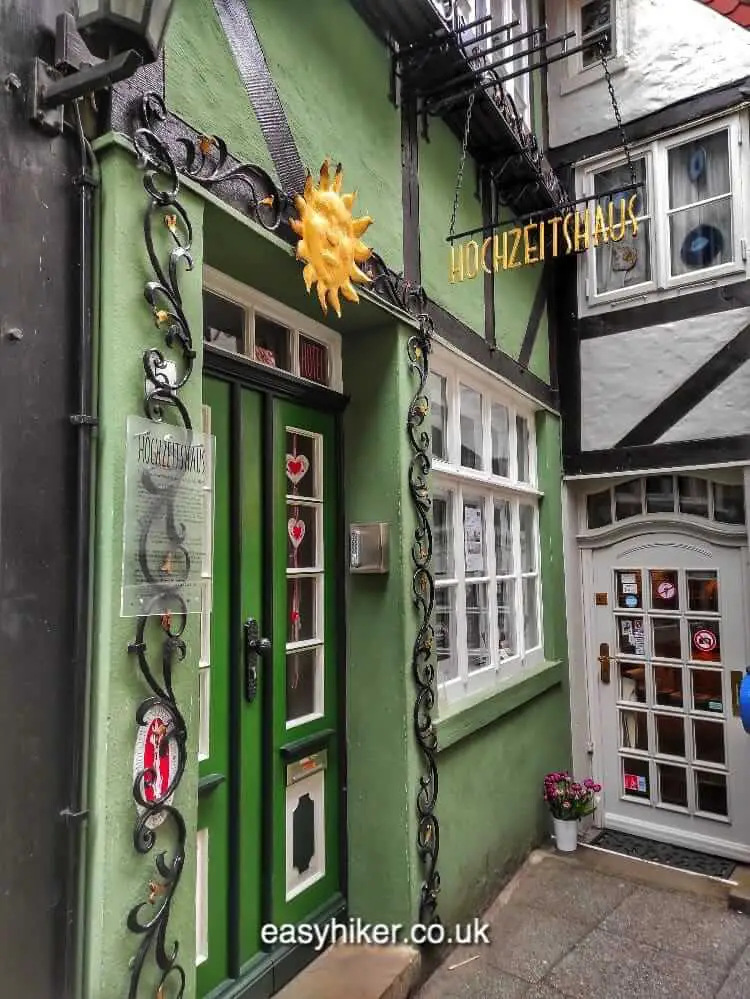
… is still operated as a guest house, advertising itself as “probably the smallest hotel in the world”.
This is probably the right moment to point out that the Schnoor quarter is not a medieval theme park. Its eastern fringe – the area around Marterburg street – in particular has many newer buildings …
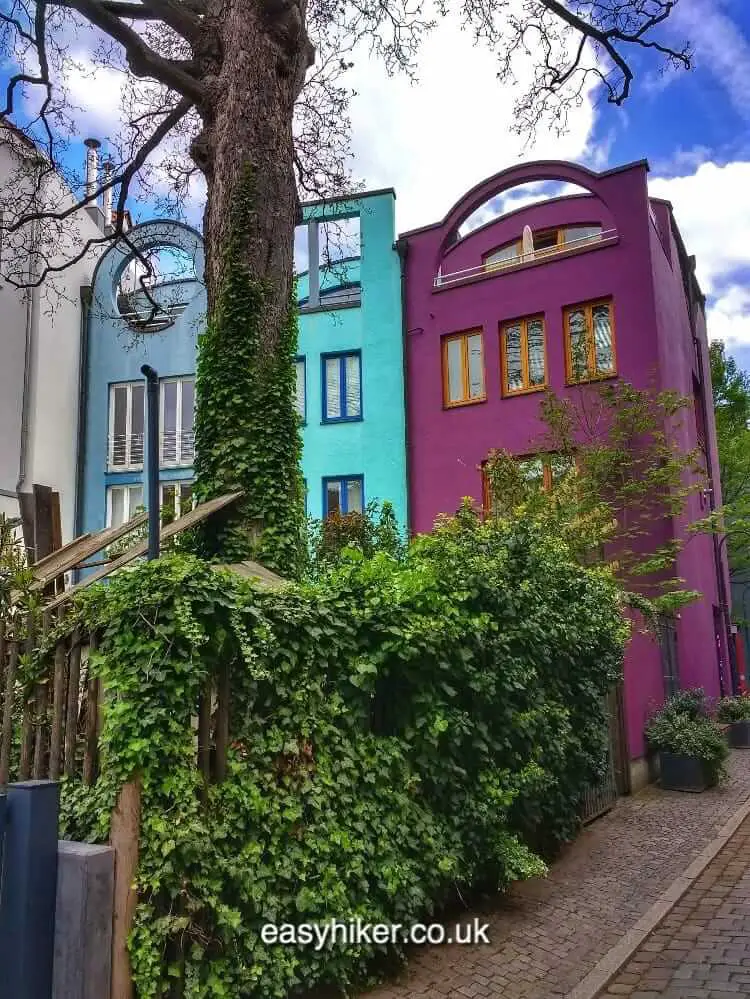
… whose scale and colour schemes have been tastefully adjusted to complement the existing urban fabric.
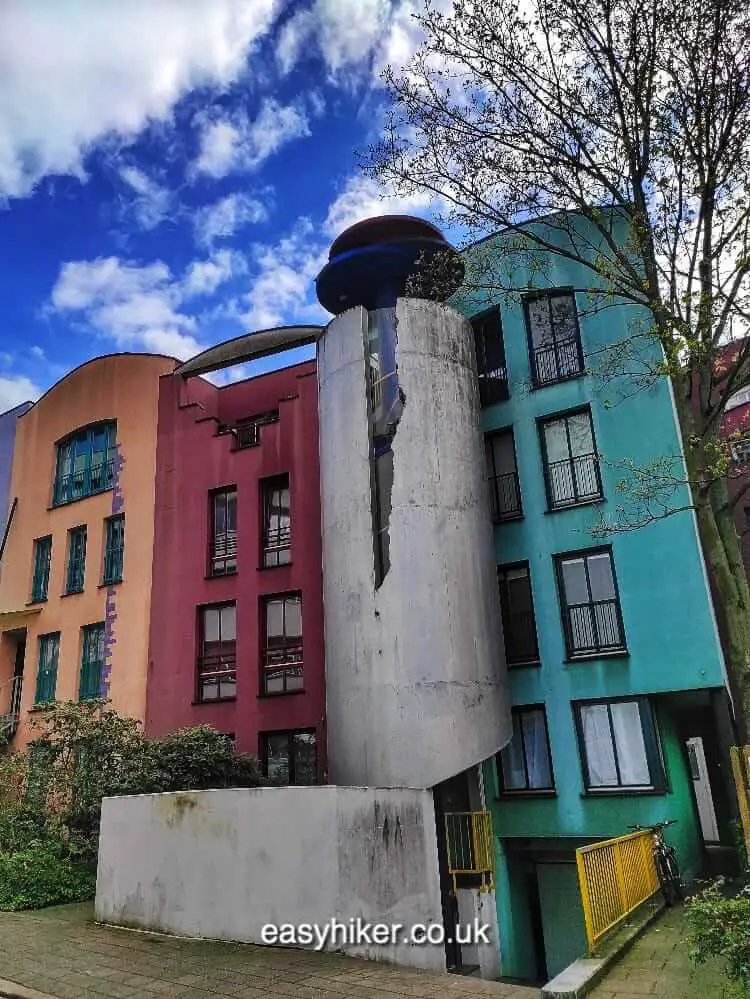
This is the latest twist in the chequered history of the quarter. The Schnoor fell into neglect during the 19th century, and eventually, the streets between St John’s church and the city wall in the east became notorious as a haven for criminals and prostitutes.
Things began to look up in the 1960s and 70s, however, when students and artists, attracted by the Schnoor’s central location and (at the time) low rents, regenerated the area and gave it a new life. Today, the quarter is full of fancy restaurants and art galleries …
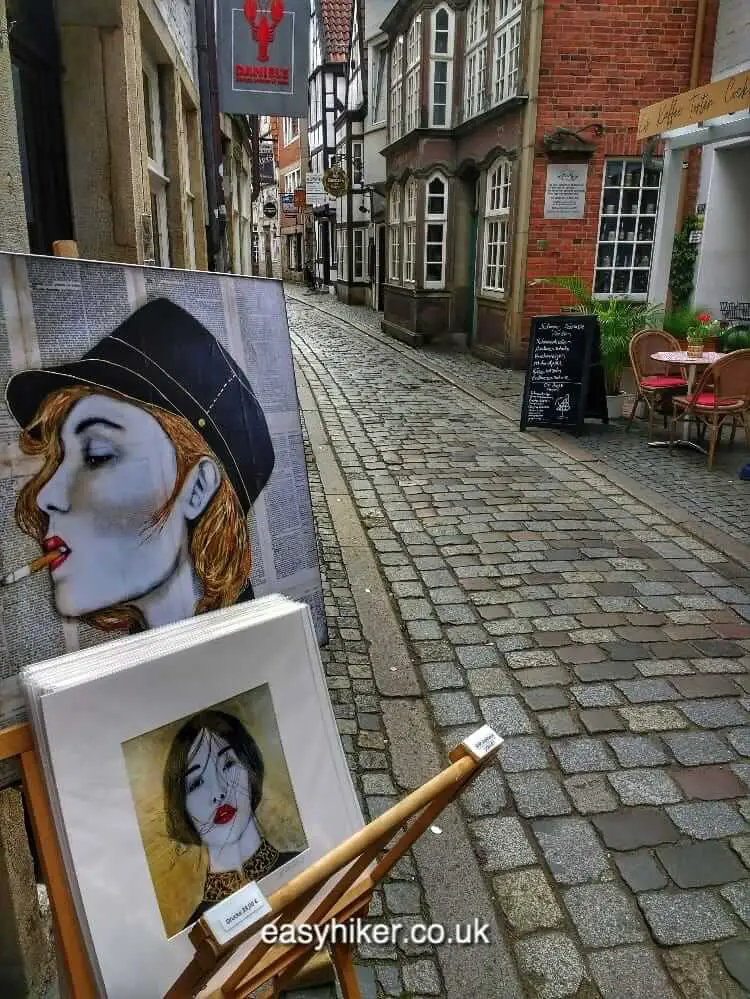
… as well as the kind of shop that you only ever seem to find in kooky neighbourhoods such as this.
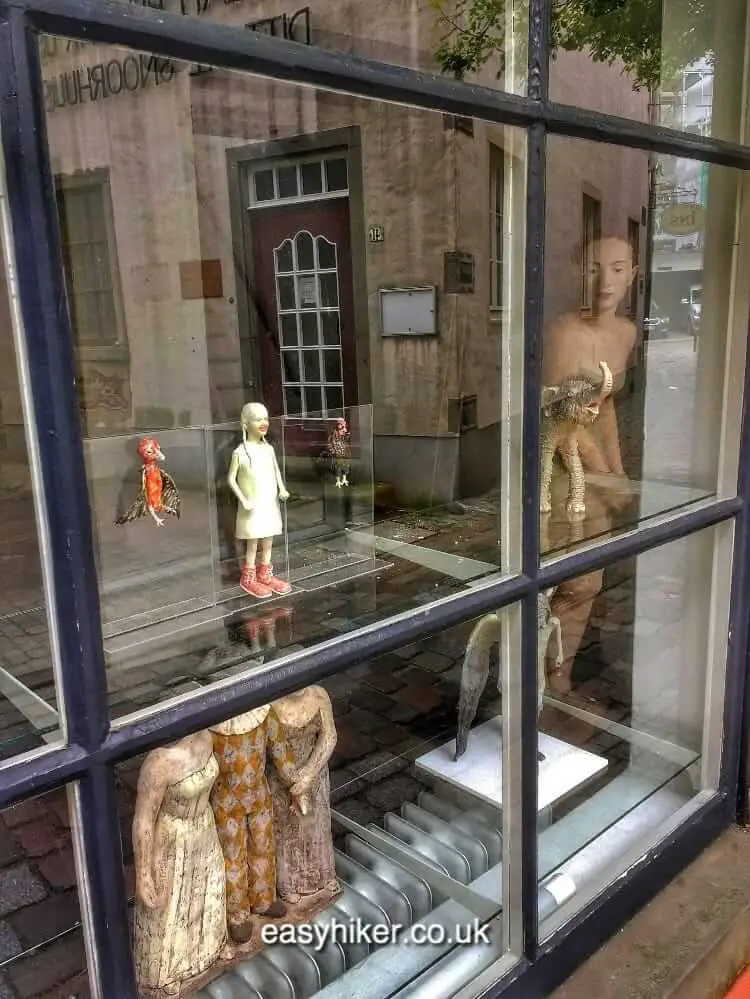
Many cities in Germany may have such a attractively kooky neighbourhood: a quarter of narrow and atmospheric streets that are lined with ancient buildings, but in terms of size, style and variety, none has one quite like this.
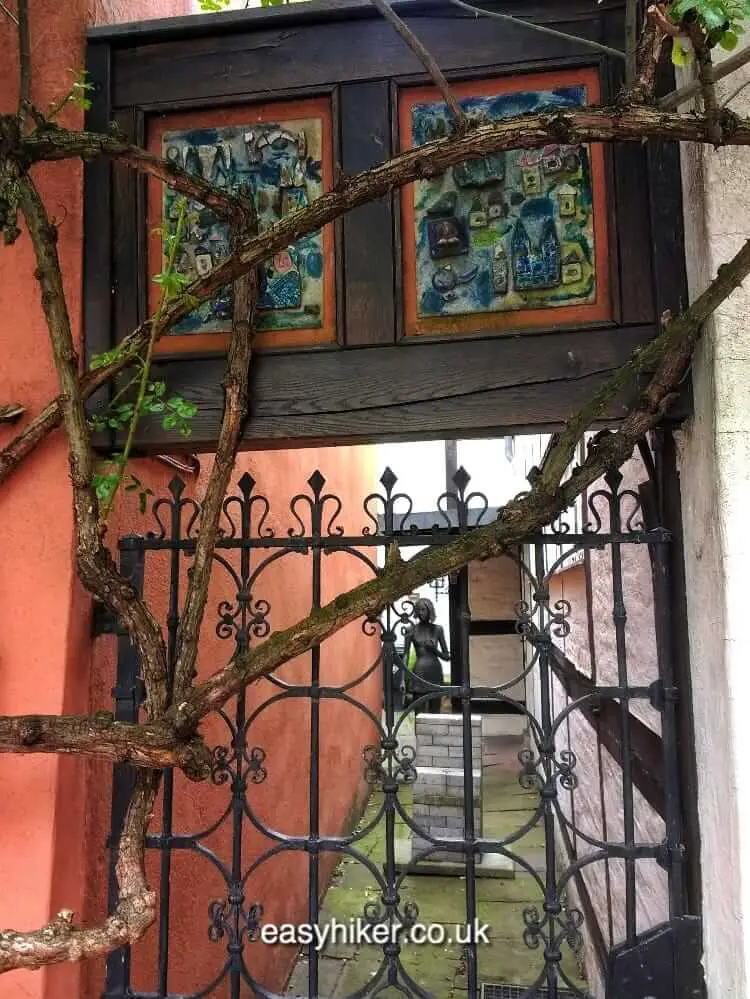
And there is something else that Bremen has which no other city in Germany can match. Just a couple of blocks west of the Schnoor, you will find Bremen’s second “Unique Selling Point”: the Böttcherstrasse, an Art Deco pastiche of a medieval street.
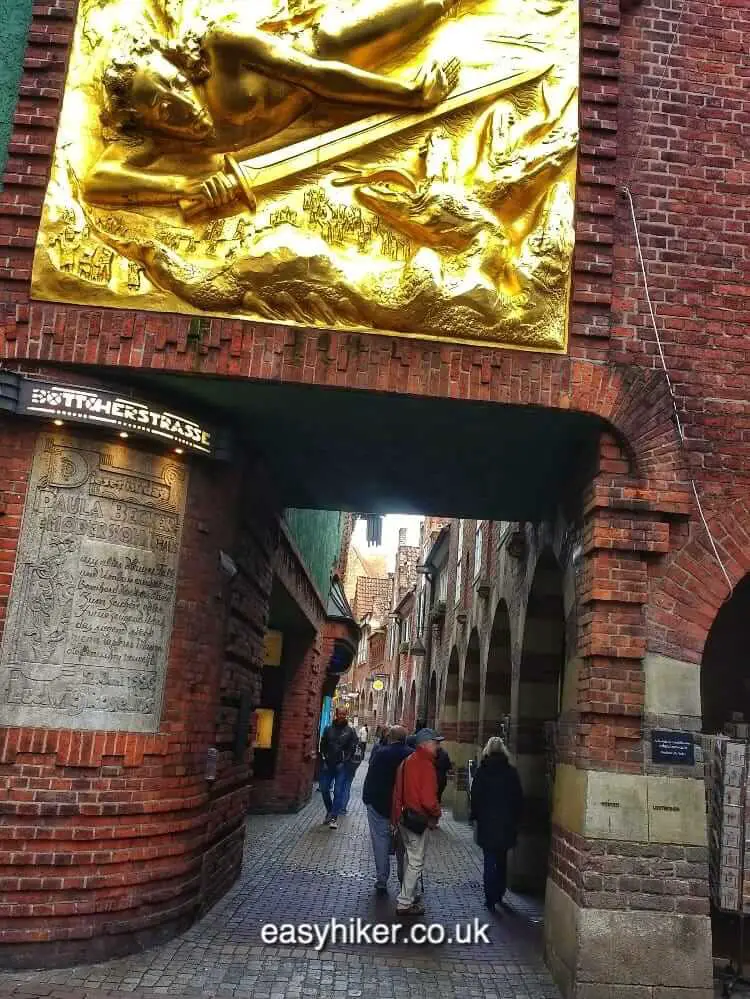
The street as you see it today was created in the 1920s as the brainchild of Ludwig Roselius, Bremen’s “King of Coffee” and the inventor of decaf brew.
Over a total length of 108 metres, the street contains a few authentically medieval buildings in the midst of much (then fashionable) German expressionism. As a result, Böttcherstrasse comes across as one half John Ruskin …

… and one half New York in the Jazz Age …
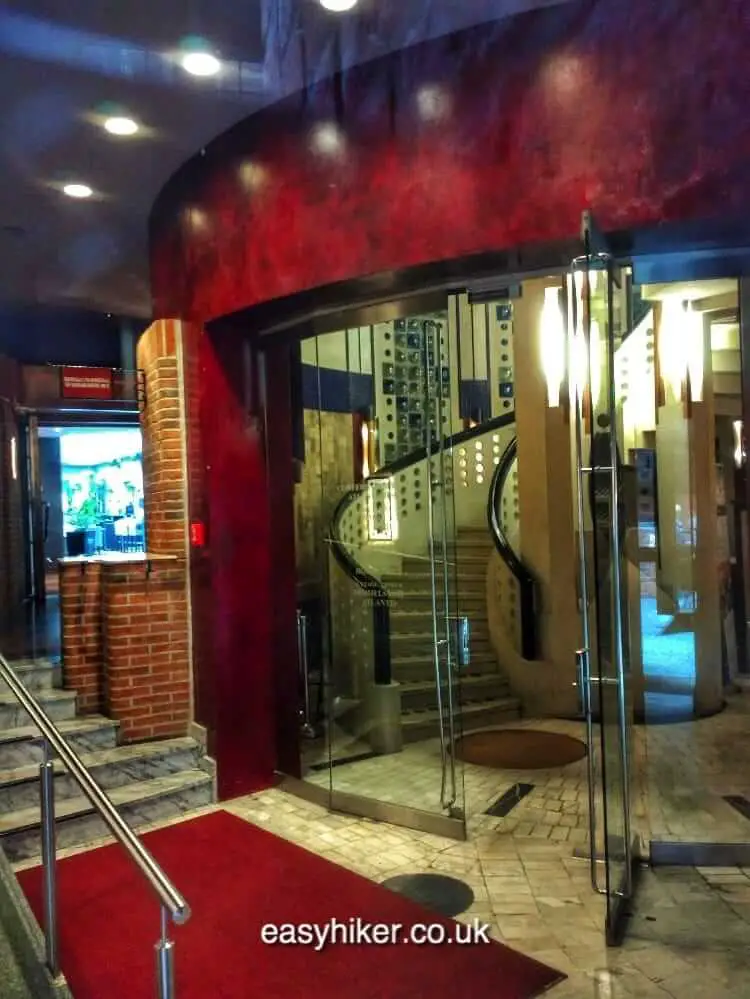
… making it, borrowing a phrase from the language that the King of Coffee would have been familiar with, a truly fascinating blend.
We spent nearly two full days in town for a relaxed weekend, but if you are already in the area, you can also squeeze it all into a single day trip.
Which brings us to Bremen’s third Unique Selling Point: whether you are in Hamburg, somewhere else on the North Sea coast or further inland anywhere up to Hanover, Bremen will make the perfect day trip for you.
This is partly because the city is really quite nice, but also because there are so few alternatives. We arrived by train from the southwest, and for the last hour of our journey (north of Osnabrück), we did not recognize a single name of a town that we were passing, and if we had come from Hamburg or Hanover – I checked on the map – it would have been pretty much the same story.
I must add that we know Germany quite well, and this absence of any town that we had ever heard of was a new experience to us. For a distance of one hour by train or by car, it seems, Bremen is entirely surrounded by what appears to be a thinly populated cultural desert. The city itself, however, will not let you down.
